Pouches are taking over, in some grocery aisles at least – just look at petfood and babyfood. But there is still a long way to go before it can overtake the can. Paul Williams, creative director at Springetts Brand Design, explains.
My first experience with pouches was working with Unilever on laundry detergent capsule refills. We discovered that, rather than just purchasing as refills, people were buying them to use directly. The pouches stood up on their own, had a resealable strip and were waterproof – everything you needed for detergent capsule packaging. Plus people felt pouches were less plastic, so less waste and more value for money. We dropped the word refill and let people decide how to use them rather than just sell them as refills.
Over the years I have worked across several categories where we have moved to pouches and the reason has always been that pouches have one or more functional benefits over the existing packaging. With the advancements in print quality, opening functionality, product in hand and standability, pouches offer more retail face for brands than conventional formats and more benefits for people at home.
Whether it’s reseal in dried fruit, product dampness protection in sugars, or on-the-go accessibility in kids’ foods, pouches as a packaging format have a lot to offer. Just like the Tetra Pak in soup and juice it was seen initially as second best, but as soon as the brand leaders adopt the format it becomes accepted and copied by everyone else.
There is still the challenge of shipping a lot of air with pouches verses conventional tins and jars, coupled with the fact that stackability is currently a long way off from being a reality. This means there is still a lot of room for improvement in pouches. Apart from shape, tin and jar technology has not made many huge steps in advancement, ring pull lids being a significant standout.
The key benefit of pouches is flexibility. From frozen cocktails in the freezer to babyfood and petfood, pouches offer far more options than jars or tins. They can hold a wider variety of products and increasingly carry positive associations. However, there is a limit to the categories where pouches can win: wine has never managed to convert the mass market to the ‘bag in a box’ way of drinking.
The rest of Europe has been using pouches for products for far longer than the UK, French sugar brand La Perruche being just one example. At the moment the pros far outweigh the cons so we can keep expecting to see many of our favourite daily goods swapping to pouches in the near future – jams, spreads, shampoo, soups and sauces all would be just as accessible and effective in pouches, and some brands already are. Only a few ‘on-the-go’ juices and waters have transferred to pouches, which considering the space saving options once drunk, is surprising.
With tinned goods and ambient juices struggling, pouches could be a way of modernising the aisles to re-connect with new audiences who are pouch-familiar. Just like Tetra Pak, pouches are here to stay and we can expect to see a lot more exciting developments in the near future.
Paul Williams is creative director at Springetts Brand Design
10 Things You Need To Know About... Packaging

For our latest digital feature, we’ve teamed up with big brands, creative experts and market analysts to unwrap the latest developments in packaging. Plus, we lift the lid on Brit’s packaging pet peeves. Dive in here…
- 1
- 2
- 3
 Currently
reading
Currently
reading
Think jam in a pouch is crazy? It could be the future
- 5
- 6
- 7
- 8
- 9
- 10
- 11



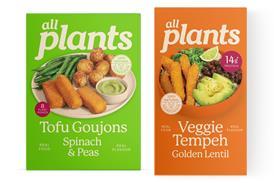



























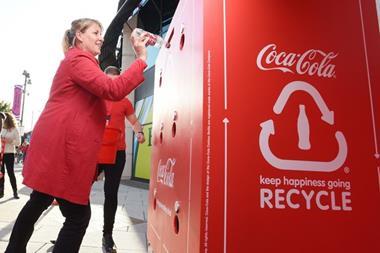

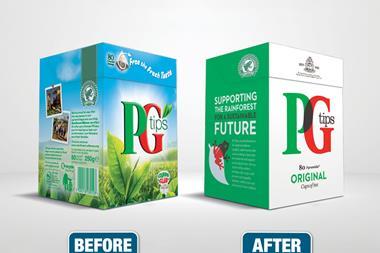


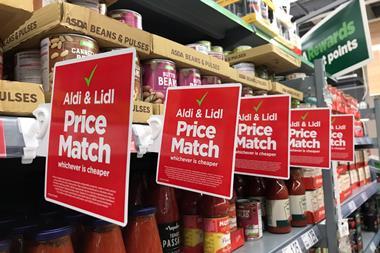
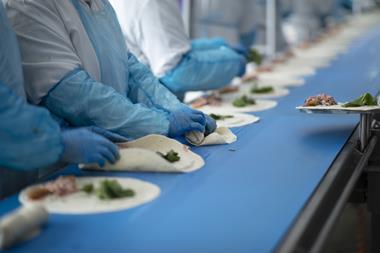
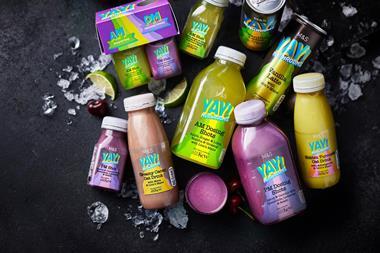

No comments yet